15 Jan New Year's Resolutions for Better Hearing
With a new year we have some suggestions for a year filled with better hearing!
Manage Wax
The creation of ear wax is a normal process. It is made up of dead skin cells, secretions of glands in the ear canal, sweat, dust and other debris. Ear wax amount and consistency vary from person to person. Wax may be light or dark in colour and either liquid, dry, soft or hard. Wax type is genetically inherited. Wax provides protection against foreign objects, lubricates and cleans the ear canal and is antibacterial and antifungal. Debris and wax move outwards in the ear canal.
Wax becomes a problem:
- If the entire ear is full of wax it can decrease your hearing. When the canal is full of ear wax sound is not transferred as it should be into the ear.
- For hearing aid wearers wax may need to be removed more often. Wax from the ear canal can often get into the hearing aid and prevent the hearing aid from working properly. Regular wax removal can help prevent hearing aid repairs due to wax.
Using Q-tips to clean the ears is not recommended. The Q-tip pushes wax deeper into the ear canal preventing wax from moving out of the ear canal naturally. Q-tips may also stimulate the production of more wax, can irritate the skin or possibly damage the ear drum. Use Q-tips for cleaning the outer portion of your ear only!
If you suspect you have wax best to check with your doctor or audiologist. They can have a look in your ears and tell you whether or not wax removal may be necessary. If wax removal is needed it is best to soften the wax prior to your appointment for wax removal. Softening the wax will make wax removal quicker and more comfortable. We recommend using Audiologist Choice drops for 3 nights prior to wax removal. We do not recommend putting drops in your ear if you have a hole in your ear drum.
As audiologists we are trained in wax removal and have 2 effective methods of wax removal:
- Suction: We use a small suction pump that gently removes the wax from your ear canal
- Curette: A curette is a small tool that has either a loop or hook at one end to gently pull the wax from your ear.
Your family physician can also remove ear wax. They most often use irrigation or syringing to remove ear wax. They use a syringe to apply water into the ear canal and this flushes wax out of the ear.

